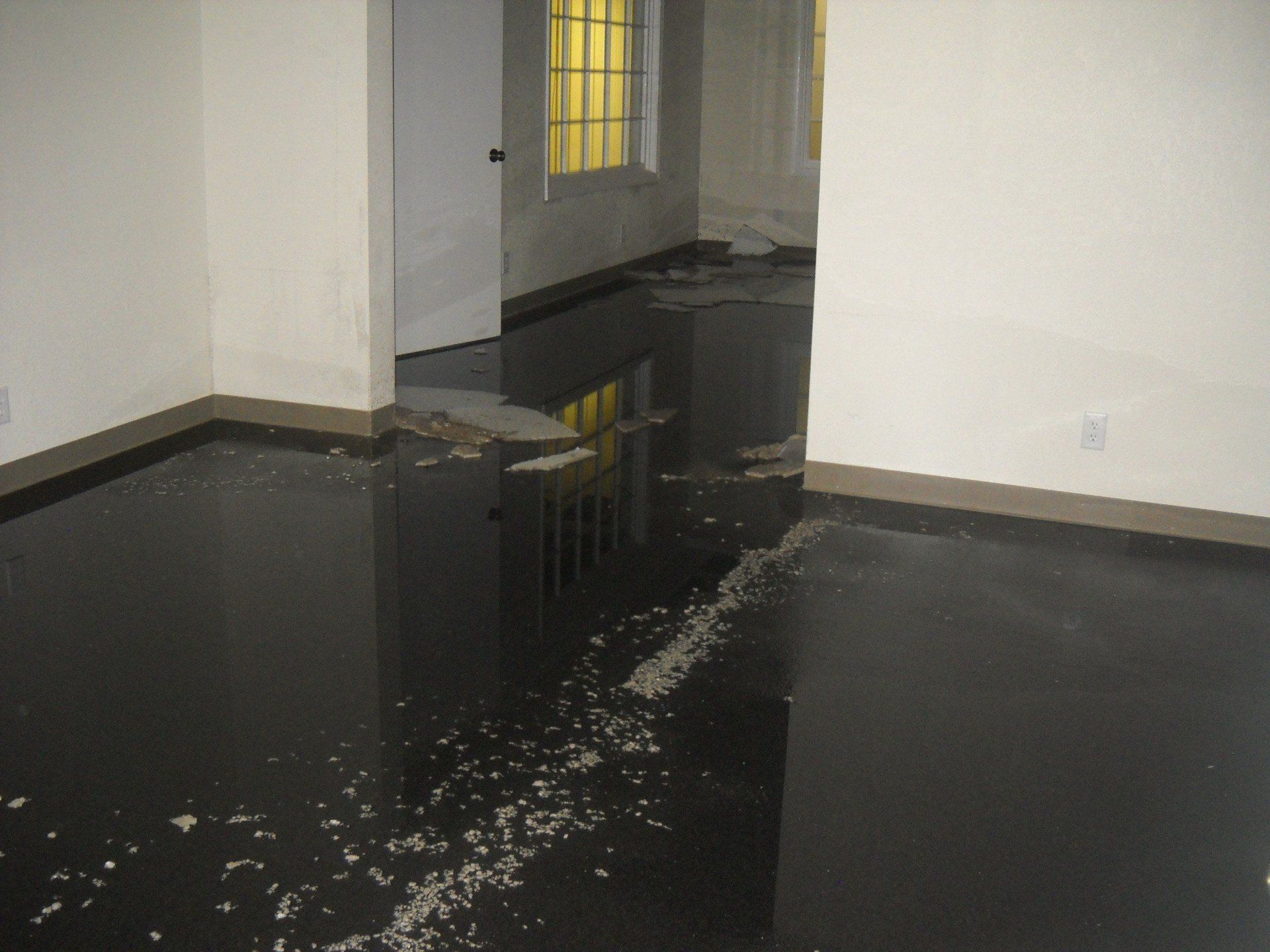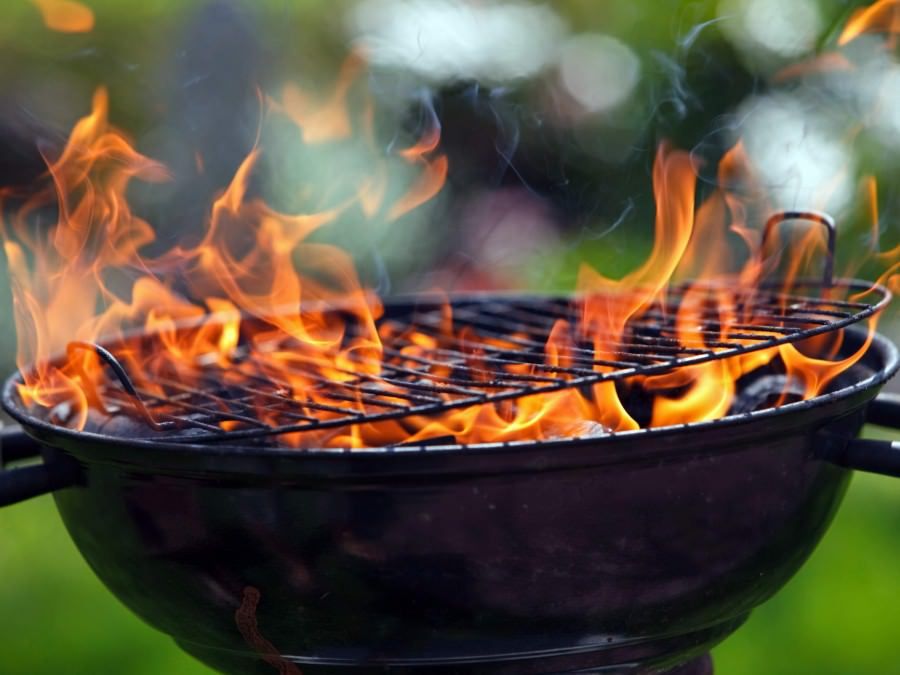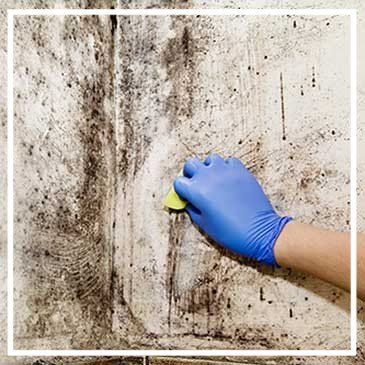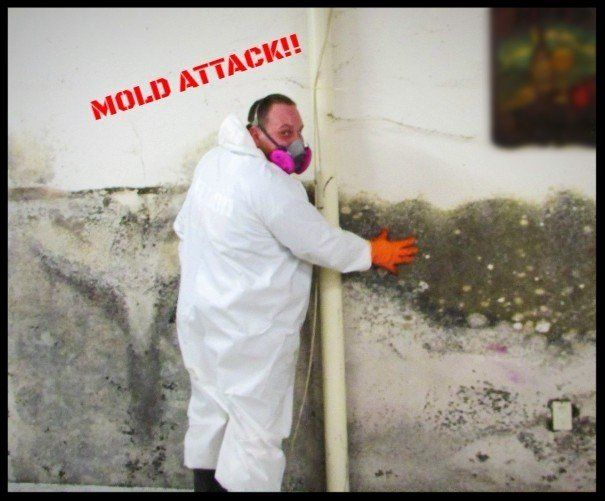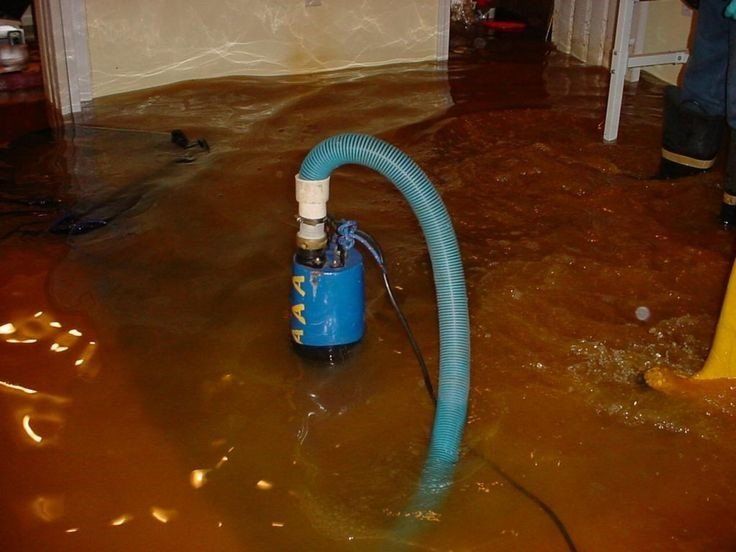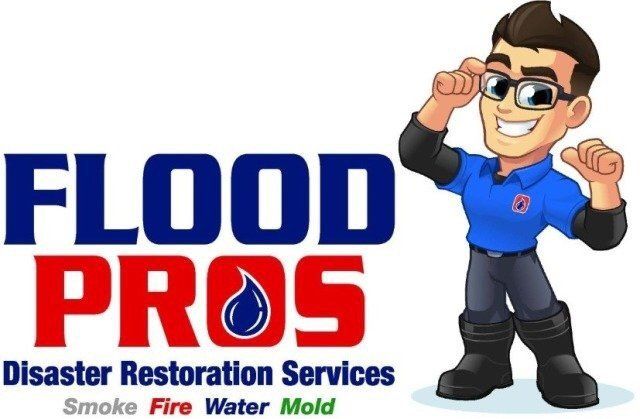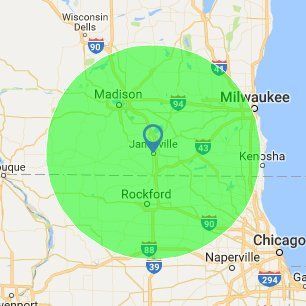Prevent Water Damage While You Are on Vacation This Summer
Prevent Water Damage
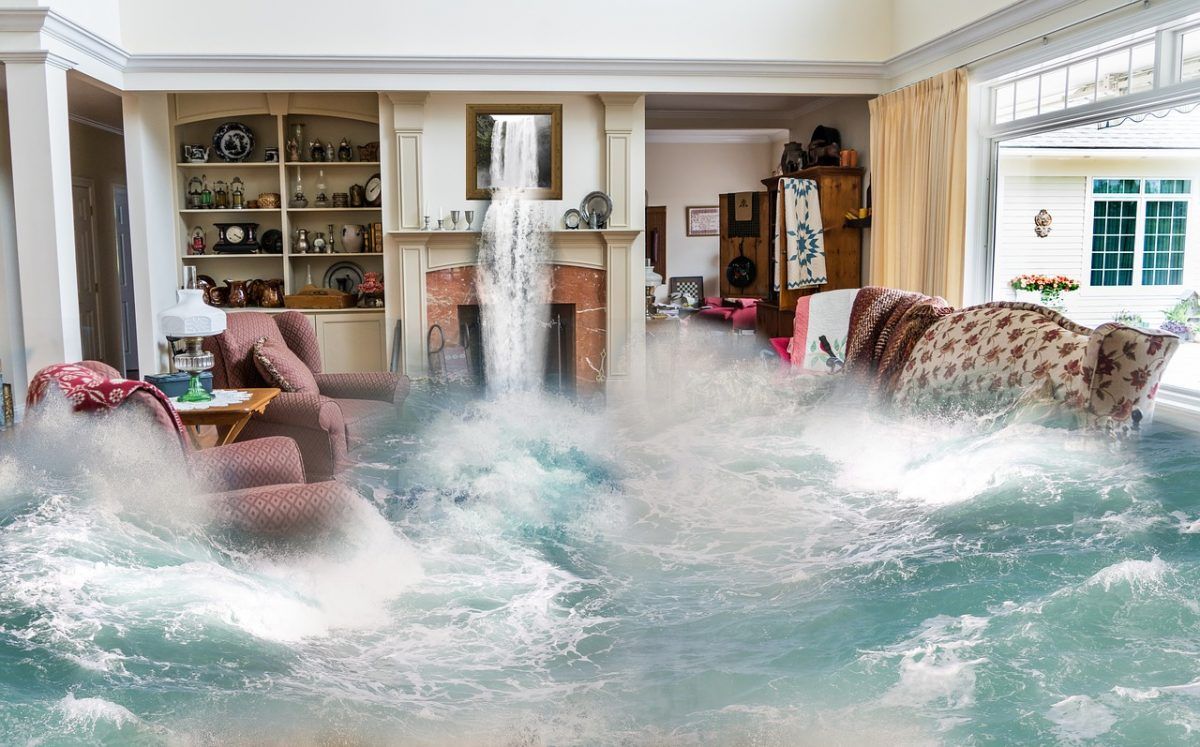
Six Ways To Prevent Water Damage While You Are Away
1. Shut Off Main Valve:
Shutting off the main valve that controls all the water for your home is the best protection against catastrophic water damage. Everyone in your home should know where the main water shutoff is located in the case of a water emergency. When you leave home for any length of time you should shut off the main water valve. If you've never shut off the main water valve before, test it before you leave on vacation. Tun on a faucet somewhere in the house and shut off the main valve. All water flow should stop. An old gate valve can break, so be gentle when you're handling it. If the valve is stuck, leave is alone. If it leaks or doesn't shut off all the way, have a licensed plumber replace the valve or replace it yourself if you're comfortable with a straightforward plumbing project. You'll need to call your water department (and possibly pay a small fee) to have the water to your house turned off at the curb stop while you make the repair.
2. Shut Off Water Supply Valves:
If you can't shut off the main water supply because you have an automatic sprinkler system or someone watering the plants while your're gone, shut off the valves to the most common sources of water damage such as dishwashers, ice makers and washing machines, in case a hose cracks or lets go. Individual shutoff valves or "stops" are installed on the supply lines leading to most appliances as well as to toilets and faucets. Typical supply stops have a small round or oval handle that you can turn clockwise to shut off the flow of water. The shutoff to your refrigerator's ice maker might be located under the sink or in the basement. If your shutoff valve is outdated, consider replacing it.
3. Check Your Supply Lines:
Rubber or plastic supply lines that lead from shutoff valves to appliances, faucets and toilets become brittle and can leak or even break as they age. Since you're messing with your shutoff valves anyway, inspect the supply lines too. If you find any leaks, cracks, bulges or signs or corrosion, replace the lines before you leave town. Your best choice is line encased in a braided stainless steel sheath. A pair of washing machine hoses cost less that $20.00 at home centers. Shorter versions for faucets or toilet are also available.
Don't wait for a vacation to check your supply lines. With 10 minutes and a flashlight, you can inspect every line in your hand a flashlight, you can inspect every line in your house.
4. Test Your Sump Pump:
Sump pump systems help keep groundwater out of your basement. Before a vacation, test your sump pump by filling the pump pit with water and making sure the pump is actually pumping our the water.
If it doesn't, be sure the sump pump is plugged in (a surprisingly common oversight) and check the breaker as well. Also make sure the outlet pipe isn't frozen or clogged and that it directs water away from your home. Clean the hole in the discharge line and check that the motor is running smoothly. Also consider adding a backup battery to your sump pump so that is functions during power outages, which seem to go hand-in-hand with heavy rainstorms.
5. Check Your Gutters:
A 1,000 sq ft roof will shed about 620 gallons of water during a 1-in rainfall or about 103 gallons per downspout if you have six downspouts. That's a lot of water dumped right next to your basement. Although it may seem obvious, clean and properly functioning gutters with downspouts that empty away from the foundation are key to avoiding major and expensive home repairs.
6. Shut Off The Water To Exterior Faucets:
Outdoor faucets are the first plumbing pars to freeze and burst when the temperature drops. So always close the supply shutoff valve inside the house before you head off on vacation. This is a good idea even if you have a frost proof faucet, since you'll probably turn down the thermostat when you leave home. After turning off the supply shutoff, open the outside faucets to drain the remaining water out of the pipes. Never leave a hose connected to an outdoor faucet: it traps water in the faucet, which can freeze and crack open the faucet.
Another tip to avoid frozen plumbing is to tun the head down to 60 degrees F when you leave, but not lower. You want to keep things warm enough inside the house so that water pipes running through exterior walls don't freeze and burst. Leave the doors of bathroom vanities and kitchen sink cabinets open to allow more heat to get to the plumbing, and consider using a temperature sensor.
